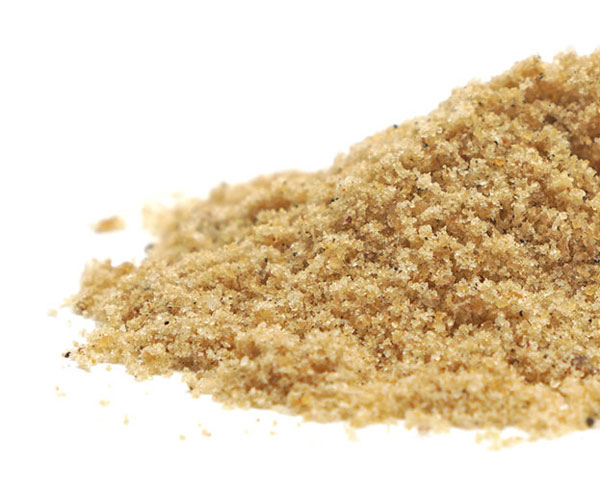Once upon a time in ancient Rome, there was an edible plant known as “Silphium”. It was believed to possess the unusual and highly desirable qualities of being both a contraceptive and an aphrodisiac. This phenomenal plant was cultivated in the oldest Greek city of Cyrene, in North Africa (now Libya) where it was used as food and medicine. It was mentioned in ancient cookbooks as a spice – a “culinary delicacy” to be precise. It was so popular and so essential to the economy of Cyrene that this “gift from the god Apollo” as it was called, had its picture imprinted on Cyrenian coins.
Silphium was sought after primarily for its resin which was widely used by the ancient Mediterraneans as a contraceptive, an aphrodisiac, a perfume and a medicine for coughs, sore throats, fevers, indigestion, aches and pains, warts and a number of other health issues. According to Greek pharmacologist and historian, John Riddle, there was an ancient physician named Soranus who suggested women take a “monthly dose of silphium the size of a chick-pea to prevent pregnancy and destroy any existing”. Apparently, just a single dose of the resin, by inducing menstruation, would temporarily render a woman unable to conceive. If the woman was already pregnant, inducing menstruation could then lead to miscarriage.
But what exactly happened to this ancient plant? It seems that its rise in popularity led to its eventual extinction. As it became increasingly more popular, the Greeks set forth rules regarding how it was harvested. The climate, soil and rainfall made Cyrene the only place the plant could grow. This limited the number of plants that could grow at one time. Although the Cyrenians did their best, eventually Silphium was harvested right into extinction. Yet, there exists today an emblem, a contemporary tribute as it were, to this beloved plant. The modern, familiar heart shape is said to be modeled after the seed pods which were the inspiration for this infamous symbol of love.
White it is extremely unlikely we’ll ever have firsthand, direct knowledge of the Silphium plant, there is another plant mentioned as a substitute (albeit inferior) in later Roman and medieval cookbooks. That substitute is Asafoetida (aka Hing), an age-old staple of Indian cuisine which comes from the gum resin of the root of the Ferula Asafoetida plant which, by all accounts, appears to be of the same genus (class/family) as Silphium.
After the ancient Romans lost their beloved Silphium, Asafoetida would become the substitute of choice in numerous recipes. Even though its off-putting aroma was considered less desirable, it would soon become known by the same name and rightly take the place of Silphium, both in culinary and medicinal uses (which date all the way back to 700 BC).
The ancients soon learned what modern cooks around the world already know: When used synergistically with other spices and herbs, Asafoetida adds delicate and subtle oniony, garlicy, shallot or leek-like flavor that greatly enhances a variety of savory delights. In India, as in other parts of the world, it remains both a medicinal spice and a culinary staple, lending its magic to dal, chutney, biryani, curries and more. Yet, the uses of Asafoetida extend far beyond the culinary world. Like its ancient cousin, it plays an important role in supporting health and is widely recognized in Ayurveda for its healing abilities.
Standard medical journals also recognize the healing properties of Asafoetida. According to the National Institutes of Health, “Asafoetida has great medicinal importance”. Used traditionally to treat asthma, epilepsy, stomach-ache, flatulence, intestinal parasites, weak digestion and influenza, it’s considered useful as an antioxidant, antiviral, antifungal, cancer and chemo-preventive, antidiabetic, antispasmodic, hypotensive and molluscicidal (natural pesticide against snails and slugs).
The Journal of Traditional and Complementary Medicine finds that Asafoetida, due to its biological and phytochemical activities, can be used as “different medicines” to treat a variety of maladies including its use as a “relaxant, neuroprotective, memory enhancing, digestive enzyme, antioxidant, antispasmodic, hypotensive, hepatoprotective, antimicrobial, anticarcinogenic, anticancer, anticytotoxicity, anti-obesity, anthelmintic and antagonistic effect”. The conclusion is that “even though Asafoetida has very good medicinal significance, detailed studies are also very much needed”.
Ayurveda classifies Asafoetida as light, unctuous, piercing, hot and pungent. The effect on the doshas (constitutional types) is that it balances Kapha and Vata doshas. According to the ancient Charaka Samhita text, Asafoetida is used to:
- Improve digestion and the appetite
- Stimulates the digestive fire (Agni)
- Is used as an appetizer
- Cure asthma and other respiratory disorders
- Helps to restore consciousness
- Is pungent in taste
- Helps relieve abdominal pain and colic
The practical uses of Asafoetida include:
- Treating stomach problems. Its antispasmodic effects can relieve abdominal pain and intestinal problems, flatulence, upset stomach and IBS
- Its anti-inflammatory, anti-viral and antibiotic properties make it useful for asthma, coughs and colds and other respiratory problems
- It may helpful in treating menstrual pain and other problems with menstruation
- By reducing inflammation, it may help treat headaches and migraines
- It may help lower cholesterol and reduce blood pressure
- It may stimulate the nervous system and work as a powerful antioxidant to help protect against cellular damage caused by free radicals.
- It can help the pancreas secrete more insulin, thus helping to lower blood sugar
- It is used to pacify Vata and Kapha doshas
Ayurveda tells us that Asafoetida is not recommended during pregnancy or taken to excess. When use medicinally, it’s best to contact a qualified Ayurvedic practitioner skilled in the knowledge and use of medicinal plants, herbs and spices.
References:
https://en.wikipedia.org/wiki/Silphium
https://allthatsinteresting.com/silphium
http://pass-the-garum.blogspot.com/2013/02/asafoetida-silphium.html
https://www.ncbi.nlm.nih.gov/pmc/articles/PMC3459456/
https://www.planetayurveda.com/library/hingu-ferula-asafoetida/
https://www.sciencedirect.com/science/article/pii/S2225411016302863








